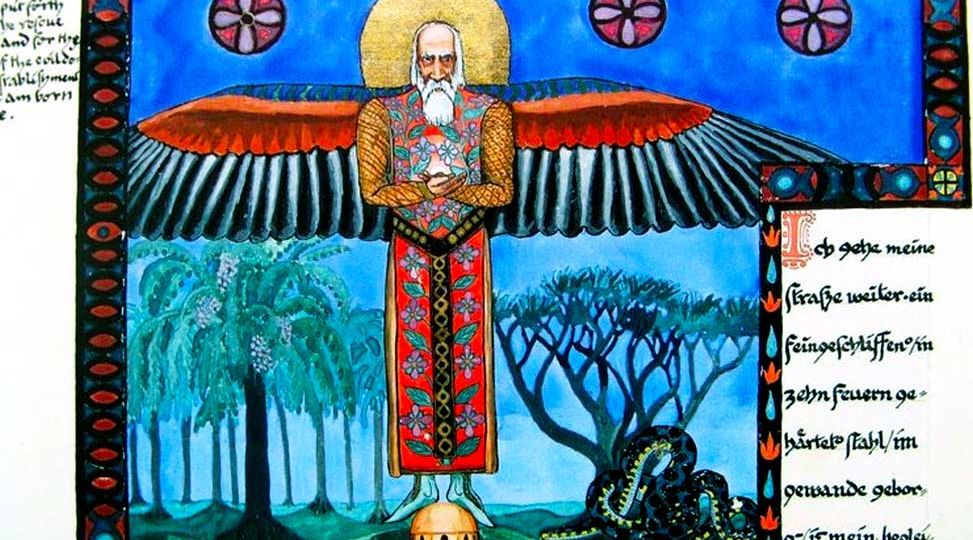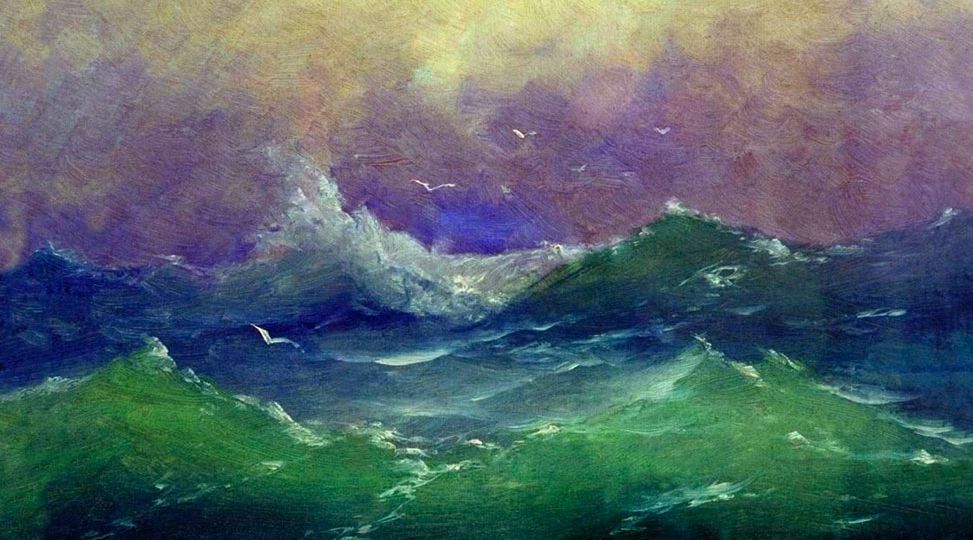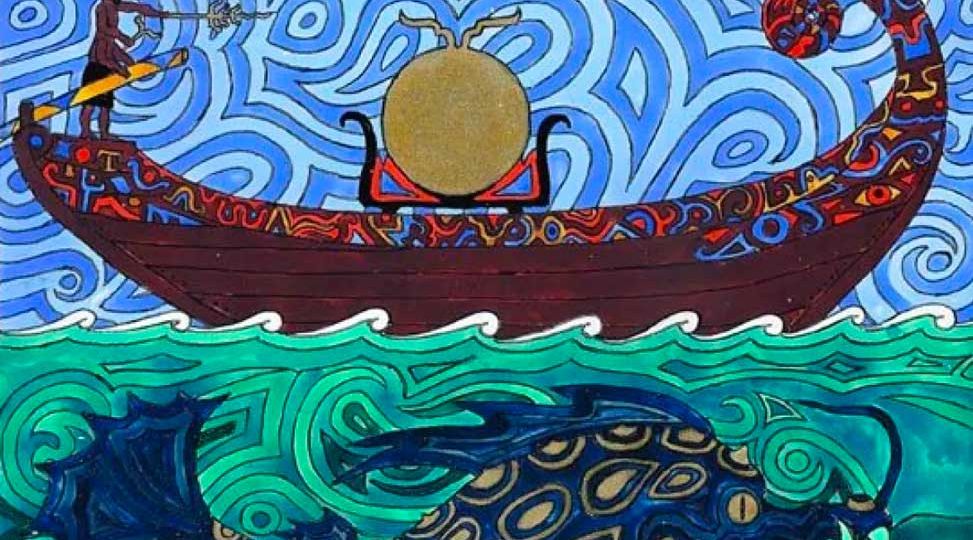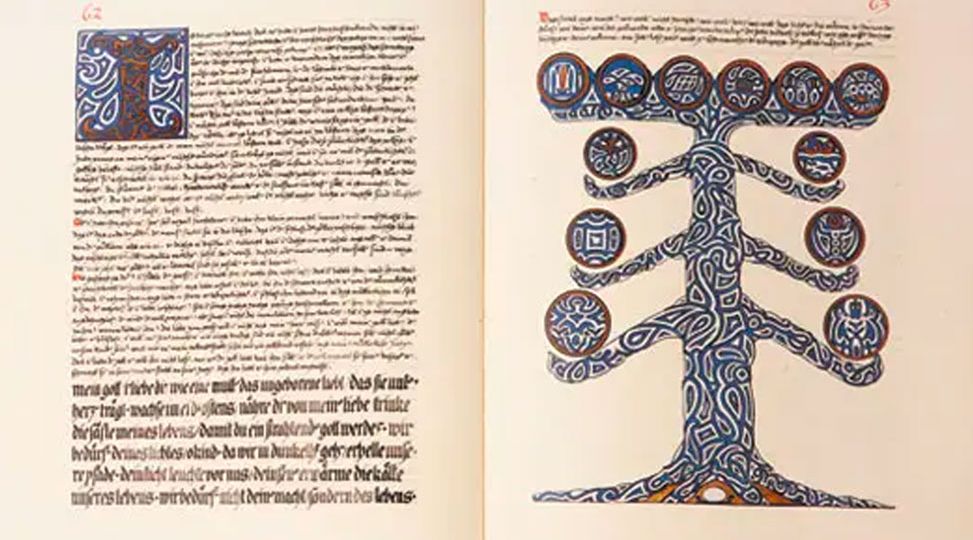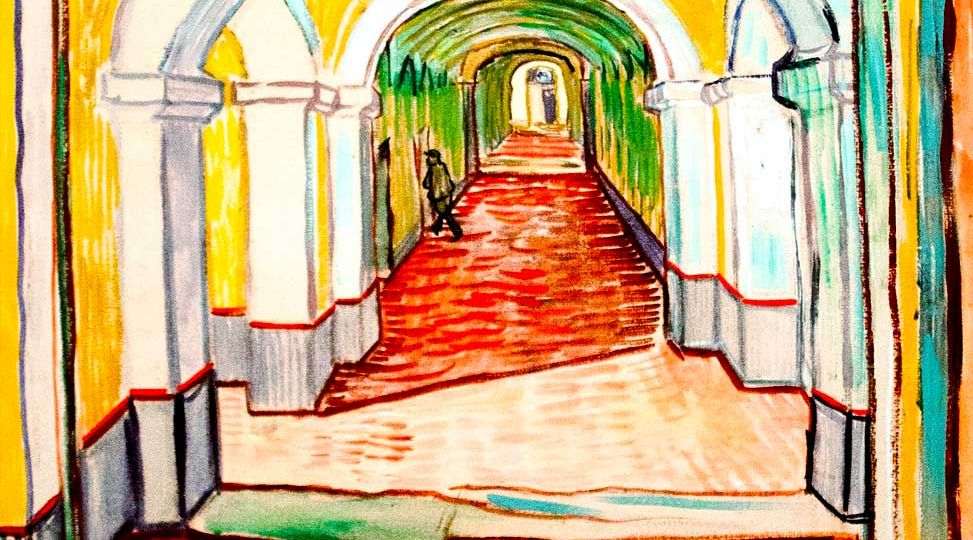First comes the development of the Hero; next is the “fall,” which brings awareness that something is missing, leading to the rejection of the heroic inflation and the longing for more. Then comes the real “journey,” holding the tension between our highly conscious dominant/superior function and our much less conscious inferior function.
The Red Book
Which functions do we use when we engage in Jung’s favorite form of internal reflection? Jung conceived of this unique form of meditation as a vehicle for building a bridge between consciousness and unconsciousness, and for connecting our personal unconscious with the collective unconscious. Introverted intuitives seem to embrace this exercise …
“It is necessary for you to know your limits. If you do not know them, you run into the artificial barriers of your imagination and the expectations of your fellow men. . . . that do unnecessary violence to you. Therefore try to find your real limits. One never knows them in advance, but one sees and understands them only when one reaches them.”
But I ask you, when do men fall on their brothers with mighty weapons and bloody acts? They do such if they do not know that their brother is themselves. . . . But whom do people kill? They kill the noble, the brave, the heroes. They take aim at these and do not know that with these they mean themselves. . .
“The black serpent seems to be stronger; the white serpent draws back. Great billows of dust rise from the place of struggle. But then I see: the black serpent pulls itself back again. The front part of its body has become white. Both serpents curl about themselves, one in light, the other in darkness.”


